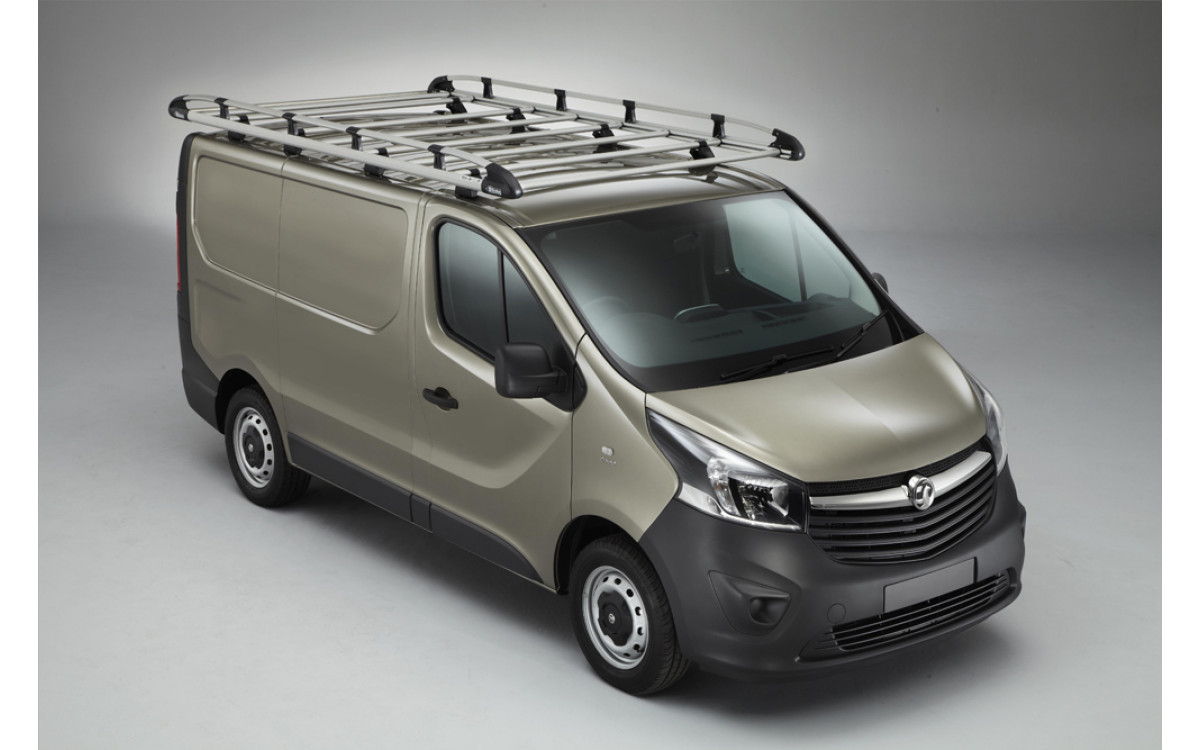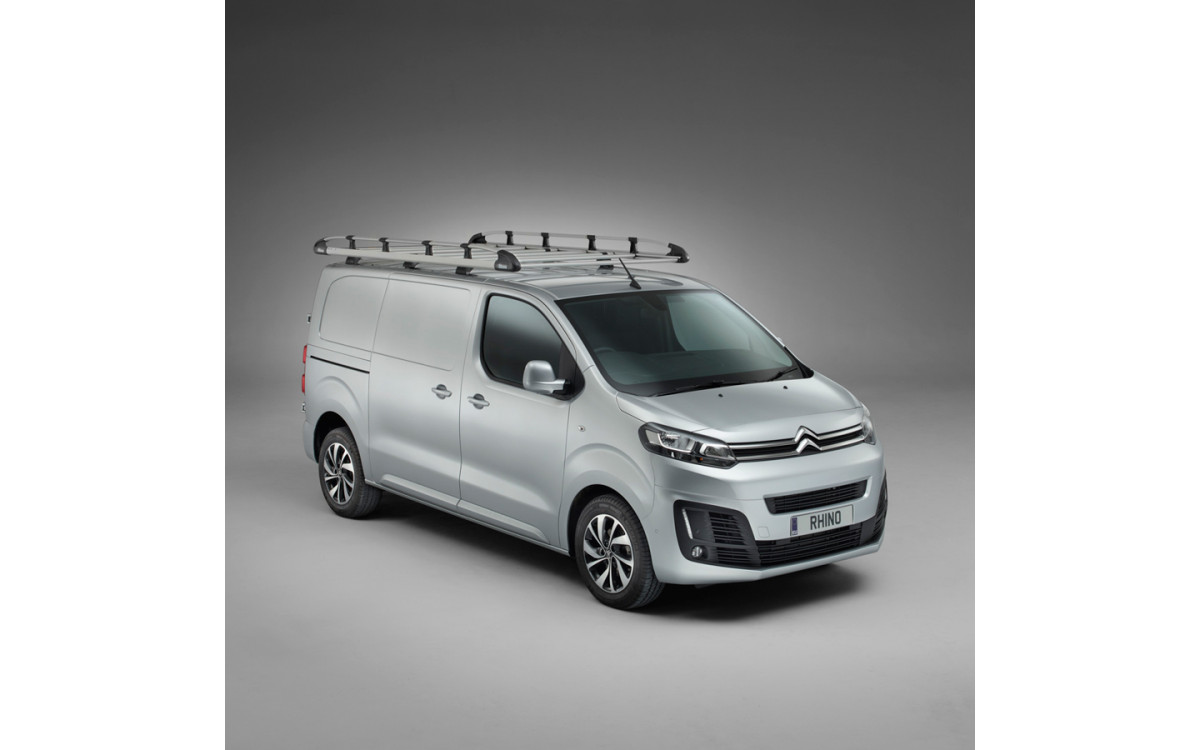Having a roof rack can vastly improve the amount of space inside your vehicle, while allowing you to carry much bigger loads in general.
When it comes to using your roof rack, it’s essential that you do everything by the book. There are certain rules to adhere to when carrying a load on your roof rack, and winging it won’t quite cut it. In this guide, we’ll explain exactly how to load your roof rack, how to distribute weight, cargo securing techniques, and any other pressing questions about using your roof rack safely.
Before Using Your Roof Rack
Before even considering loading your roof rack, it’s important to check that it has been installed correctly. We provide a free fitting service to save you time and effort. This also provides peace of mind that your roof rack is secure and safe. Contact us for personalised support and advice.
If you didn’t get your roof rack from us, it’s still sensible to have it fitted by a professional rather than risk any installation errors.
Not all roof racks fit every roof, so check our guide to be sure the roof rack you’d like is suitable for your vehicle.
Once the roof rack has been fitted, don’t forget to tell your insurance company. If they don’t know about your roof rack, it could void your policy, meaning any claim can be refused - even if it has nothing to do with having a roof rack.
How Do You Load a Roof Rack?
Safe roof rack loading is a bit of an art. Ideally you don’t want too many heavy objects up there, as they will be safer travelling inside the vehicle. You also risk straining your muscles if you’re lifting heavy objects over your head.
Be mindful of weight limits. Your vehicle will have a weight limit, which can be found in the handbook and should be checked. The roof rack itself will have its own weight limit, so remember to check both before loading up (and to consider the roof rack’s own weight when checking the vehicle weight limit.) Roof rack weight limits and vehicle weight limits are non-negotiable when it comes to safety, so be sure to adhere to them.
It is advised that you attach a roof box to your roof rack to increase the safety of the items you plan on transporting. A roof box can offer greater protection for what you’re trying to transport – it’ll keep the items dry throughout the drive. It will also be more streamlined with less wind resistance compared to exposed items, which should save a little on fuel.
This advice is all well and good if the items will fit in a box, but in some cases – for example, transporting a canoe – they won’t fit in a roof box. In these situations, it’s fine to safely secure an item directly onto the roof rack, providing it’s within the recommended weight range.
What Can You Carry on Your Roof Rack?
Roof racks allow you to transport almost anything you want. If you load it sensibly, adhere to weight restrictions and secure it well, a roof rack will allow you to transport all sorts of goods. So, whether you want to take a couple of trail bikes out to the countryside or pack for a family holiday, a roof rack should meet your needs.
Roof rack cargo management options are great for catering to specific needs. A roof box that fits on a roof rack is a hard, waterproof structure that can hold various items. Alternatively, a roof cargo basket might be a solution for holding things that wouldn’t fit in a box. Additional accessories are available to help secure things like ladders and bikes alongside other cargo.
Rhino roof rack accessories can be added to the roof rack to help carry items such as pipes and ladders. You can find our range of van accessories here.
How Should You Distribute Weight on Your Roof Rack?
When loading your roof rack, you should aim to distribute weight evenly, with the lightest items on the bottom. This it to minimise the risk of lightweight items shifting and working loose when the vehicle picks up some speed.
To guide you with placement, you can use the vehicle doors to help you mentally divide the space up. To avoid putting too much weight in just one area of the rack, be mindful of how much each item weighs as well as the density of placement in that area.
Cargo Securing Techniques
Once you’ve got your cargo up on your roof rack, you need to be sure which cargo securing technique is best for you. It is possible to use ratchet straps, bungee cord, or cargo netting.
Ratchet straps come in all different sizes, making them an obvious choice for securing a load. The ratchets on the strap allow you to ensure the strap itself is taught and secure.
The best method for using a ratchet strap is to lay the strap across the width of your cargo. Then, you need to take one end of the strap and loop it down and under a roof bar that runs at a right angle to your vehicle before pulling it back up to the top of the cargo. Bring that same strap end to the other side of the cargo and do the same again. Finally, secure each end together, and tie what’s left to the roof rack.
When using a bungee cord, it can be hard to judge if it’ll fit over your cargo. There’s a lot of stretch in bungee cords, so it’s best to stretch it out to check whether it extends far enough for your needs. When you’ve established the bungee cord will be a good fit, stretch it to the desired tension and secure it onto the roof rack. You’ll need several straps to secure the load properly.
Cargo netting comes in a few variations but works in similar ways. The netting covers the load and then is tightly secured to hold all the cargo in place during transit.
Quick Roundup
If you're planning to use a roof rack, it's important to follow some essential rules to ensure safety. Before loading, check that your roof rack has been installed correctly and is suitable for your vehicle. Be mindful of weight limits, both for your vehicle and the roof rack itself. Attach a roof box to increase safety and protect the items you're transporting. Distribute weight evenly and use cargo securing techniques such as ratchet straps, bungee cords, or cargo netting.
We hope this helps, and if you're ever unsure you can always contact us for more enquiries.

















